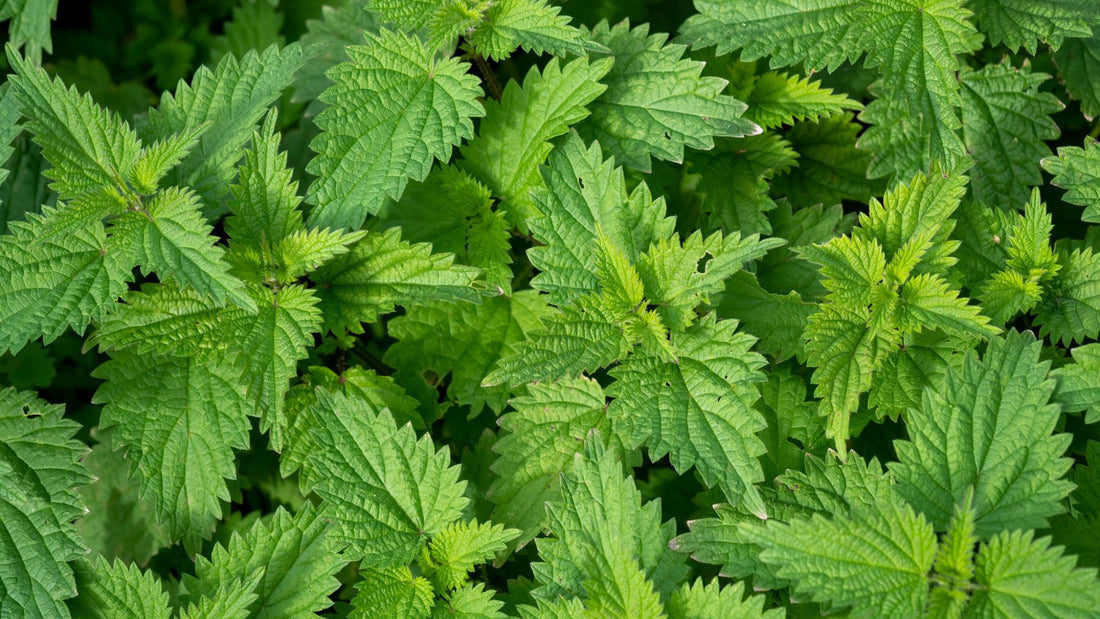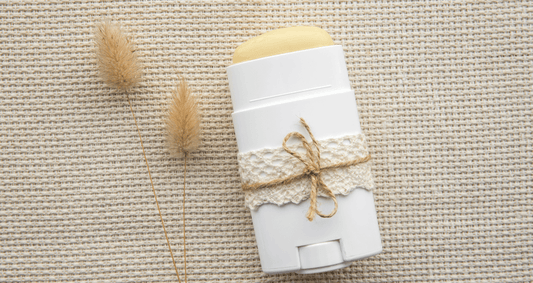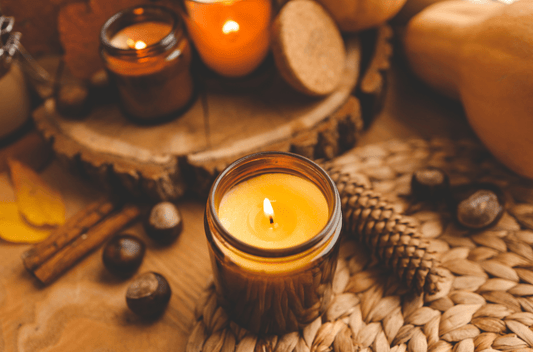Welcome to our beginner's guide on making nettle soap using the cold process method! If you're new to soap making or looking to try something different, this blog post is for you.
We'll walk you through each step of the process, from gathering and preparing ingredients to moulding and curing the soap. But first, let's talk about cold process soap making and why nettle is a fantastic ingredient for soap making.
Cold process soap making is a popular technique for making soap from scratch. It involves mixing oils and lye to create a chemical reaction called saponification, which turns the ingredients into soap.
This method allows for more control over the ingredients and customisation options, resulting in a high-quality, moisturising soap.
Cold process soap is best kept as natural as possible, so why not turn a common garden nuisance into a soap colourant? Enter Urtica Dioica, also called stinging nettle.
Why make nettle soap?
Nettle, a common plant with stinging hairs, may seem like an unlikely soap ingredient, but it has numerous benefits for the skin. Nettle is packed with essential nutrients like vitamins A, C, and K, as well as minerals like iron, magnesium, and calcium.
Powdered nettle is a traditional ingredient in soap recipes, and is said to have anti inflammatory properties, help with greasy skin types and provide relief to common skin issues.
Which essential oils should you use?
You're definitely going to want to add at least one essential oil to your soap. Nettle powder has its own distinctive scent, however when you use essential oils you can't smell the nettles.
We're using a blend of lavender, peppermint and rosemary essential oils. This creates a herbal scented soap to match the green colour.
In this blog post, our goal is to provide you with a step-by-step guide on how to make nettle soap using the cold process method. We'll cover everything from gathering and preparing ingredients to safety precautions when working with lye.
By the end of this guide, you'll have a beautiful, handmade nettle soap that you can enjoy or gift to others.
So, let's dive in to our nettle soap recipe...
Makes 9-10 bars of soap
Takes 1 hour making time and 4-6 weeks curing time
This recipe uses a 5% superfat to make your nettle soap wonderfully moisturising
Equipment:
- Gloves
- Goggles
- Weighing scales
- Digital thermometer
- Heatproof bowl
- Plastic measuring jugs, ideally 2x 1L and 1x 2L
- Silicone spatula
- Soap mould or DIY alternative ( Explore our range of silicone soap moulds!)
- Stick blender

Ingredients:
- Olive oil pomace 400g | 435ml
- Cocoa butter 120g
- Coconut oil 280g
- Water 240ml
- Sodium hydroxide 115g
- Lavender essential oil 12g | 14ml
- Peppermint essential oil 4g | 4ml
- Rosemary essential oil 9g | 10ml
- Nettle powder 15g
Safety Note: When working with sodium hydroxide you must wear gloves and goggles at all times. It is a caustic product and will burn. In the event of getting it on your skin, rinse well with plenty of plain water. If it is splashed in the eyes, wash with water and seek urgent medical attention. Keep away from pets and children at all times.
Method:

1. Mix the sodium hydroxide solution
- Put your gloves and goggles on, and open the window
- Weigh the water
- Weigh the sodium hydroxide in a separate jug
- Add the sodium hydroxide to the water
- Stir until dissolved
- Leave it somewhere safe to cool, it will be hot!

2. Weigh and heat the oils
- Weigh the cocoa butter, coconut oil and olive oil into a heatproof bowl
- Melt over a pan of boiling water, or using short bursts in the microwave.
- Stir regularly
- Once melted, leave to cool

3. Weigh the essential oils and nettle powder
- Weigh your essential oils
- Weigh your nettle powder
- Mix well until combined

4. Test the temperatures
- Test the temperature of the sodium hydroxide solution. It should be between 25C and 40C
- Leave it to cool if necessary, but don't reheat it if it's too cool.
- Test the temperature of the oil mixture. It should be between 35C and 40C
- Leave it to cool or reheat if necessary

5. Blend until trace
- Add the sodium hydroxide solution to your oil mixture
- Using a stick blender, stir and blend in short pulses
- Keep checking how the soap batter thickens
- Test for trace by dripping soap batter across the jug of mixture, if it sits on top for a moment the soap has reached trace.
- Stop blending once the soap has reached trace
- Add your essential oils and nettle powder mixture
- Blend in short bursts until combined

6. Pour into moulds
- Pour the soap mixture into a mould
- Tap the mould on the surface to free any air bubbles
- Cover with greaseproof paper
- Insulate with a towel
- Leave on a flat surface for 48 hours

7. Cut and cure
- Unmould the soap and cut into bars
- Spread out with an air gap between the bars
- Leave to cure for 4-6 weeks
Continue reading
Now that you've learned how to make nettle soap, why not continue your soap making journey?
- Interested in using shea butter for soap making? Try our shea butter soap recipe
- Want more cold process soap recipes? Try our aloe vera juice cold process soap recipe
- Want to learn more about essential oils? Read about essential oils for soap making
Did you try making your own nettle soap? Comment below and let us know.




2 comments
Lovely soap recipes! I may make some of them.
Thanks for sharing.
Great info